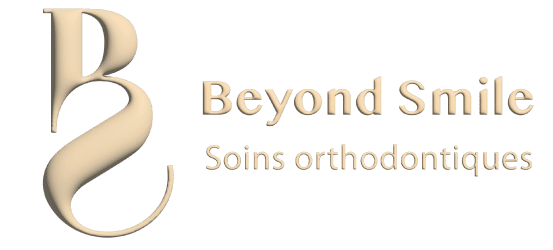Dentosophie
understand the link between the mouth, the body and the state of being
What is Dentosophie?
Dentosophie is a holistic approach that works on the physical, emotional, and mental levels. It requires regularity, patience, gentleness, and attention. It involves the whole being.
Our psycho-emotional state is reflected in our mouth. Our internal, often unconscious patterns of functioning can be the root cause of many physical imbalances. Any oral imbalance—even a minor one—disrupts the natural functions of the mouth, forcing the body to set up compensation mechanisms.
When these adaptations persist over time, they become habits: teeth grinding (bruxism), mouth breathing, one-sided chewing, etc. These habits eventually give rise to symptoms: dental, muscular, or joint pain, cavities, tooth loosening, gingivitis… all of which gradually affect our overall well-being.
If this discomfort becomes chronic, it ends up wearing down the physical body, creating a vicious cycle of imbalance and inner suffering.
Dentosophie helps us become aware of this link between the body and our psycho-emotional state, as it manifests in the mouth. It offers a concrete path to well-being through gentle, conscious, and consistent work.Dentosophie supports you on this journey toward balance by activating your own self-healing capacities.
Who is Dentosophie for?
Dentosophie is for everyone—children from the age of 3 to adults—who want to take an active role in their health and well-being. It is a journey towards autonomy, freedom, and self-awareness.
Above all, it is about global well-being.
The primary goal of dentosophie is to restore overall balance. Straight teeth are not the main objective, but rather the natural result of a realigned body and mind.
Principle and origin?
- The word “dentosophie” comes from the Latin dens (tooth) and the Greek sophia (wisdom), literally meaning “the wisdom of the teeth.” This discipline was notably developed by Dr. Michel Montaud, a dental surgeon.
- In dentosophie, teeth are not seen merely as chewing tools. Their position, condition, and alignment are interpreted as reflections of our overall state—physically, emotionally, and behaviorally.
- A soft activator (a flexible mouthpiece made of rubber or silicone) is used to perform simple exercises aimed at rebalancing the jaw, joints, muscles, and teeth. In addition to these exercises, the device is worn at night to enhance the effects of the treatment.
- Dentosophie links oral disorders to personal experiences, emotional tensions, and postural imbalances. It does not only treat symptoms—it seeks to understand and harmonize the root causes.
Course of the dentosophie treatment
01
First consultation
Duration: 1 hour
Before the initial appointment, patients are encouraged to read the book “Nos dents, une porte vers la santé” by Michel Montaud. This book introduces the philosophy of dentosophie and helps patients engage in personal reflection prior to the consultation.
02
Second consultation
Activator delivery
During this session, the activator device is provided. Designed for regular use, it plays a key role in retraining oral functions: chewing, breathing, and swallowing.
The full treatment protocol is explained, including at-home exercises to optimize results.
03
ANNUAL FOLLOW-UP
4 to 5 sessions
To ensure proper progress, 4 to 5 follow-up sessions per year are recommended. These allow for adjustments to the treatment and ensure the exercises are being performed correctly.
04
Treatment duration
Long-term
The initial treatment phase typically lasts about one year. After this period, you can decide whether to continue follow-up sessions, depending on your results and individual goals.

